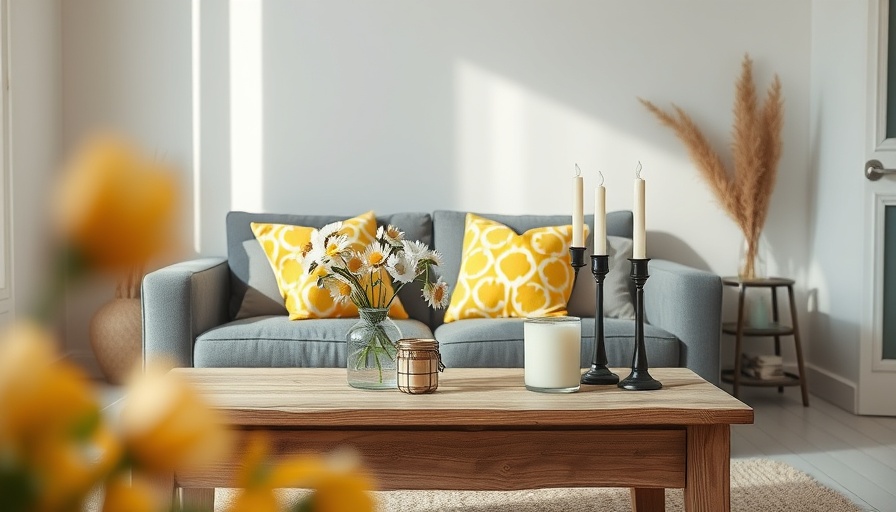
Maximize Potential in Small Spaces
Staging small spaces may seem daunting, but with the right approach, homeowners can create a sense of openness and style that leaves a lasting impression. Whether you’re looking to sell your home or simply want to refresh your living environment, effective staging is key—as it not only enhances your space but also showcases it in its best light.
Understand the Importance of Staging
Why is staging important? First impressions matter, especially in real estate. According to the National Association of Realtors, homes that are staged sell 73% faster than those that aren’t. A staged space allows potential buyers to visualize themselves living in the home, and in small spaces, this visualization is crucial. When done right, staging helps to highlight the positive aspects of a home while minimizing any awkward features.
Tips for Effective Small Space Staging
1. **Declutter Relentlessly:** The first step in staging is to remove excess items from your space. A crowded room feels cramped and uninviting. To enhance functionality and flow, consider donations, storage, or simply removing items until your space feels more open.
2. **Focus on Lighting:** A well-lit room can completely transform small spaces. Ensure you take advantage of natural light and consider adding soft, warm artificial lights in areas lacking brightness. Mirrors can also amplify light and create an illusion of spaciousness.
3. **Choose Appropriate Furniture:** Scale is crucial. Opt for sleek, smaller furniture pieces that don’t overwhelm the space. Multi-functional furniture, such as ottomans with storage or coffee tables that can double as dining surfaces, can be game-changers in smaller rooms.
4. **Strategic Color Choices:** Light, neutral colors can make small spaces feel larger. Whites, creams, and pastels can evoke an airy and bright atmosphere. Incorporate pops of color through accessories like pillows or artwork without overwhelming the overall theme.
5. **Accessorize Wisely:** Less is more in small spaces. Select a few key pieces that reflect your style but don’t overcrowd surfaces. Over-accessorizing can detract from the space; opt for unique items that tell a story or create a focal point.
Historical Context of Staging Trends
The art of home staging emerged in the late 1970s with the intent to sell homes quicker and at higher profits. Initially, staged homes were rare, but as the concept gained traction, real estate experts recognized its effectiveness. Over the years, staging has evolved into a coveted skill, adapting to modern aesthetics and lifestyles, showcasing how well-decorated small spaces can hold immense value.
Future Insights: The Rise of Home Staging
As more homeowners recognize the importance of staging, it's shaping up to be an essential element of home selling strategies. With the rise of virtual staging technology, even small spaces can benefit from digital enhancements that show potential buyers various styles and layouts. For homeowners, investing time and resources into staging opens up opportunities in a competitive market.
Why Understanding Staging Matters
For homeowners aged 40-65, understanding how to stage small spaces is particularly relevant. As lifestyles change—whether downsizing post-retirement or adapting to new familial structures—it’s essential to know how to create an inviting home environment. Recognizing the potential in every room can help create a more functional living space, all while significantly impacting value during resale.
Call to Action
If you’re ready to take the plunge into staging your small space, consider reaching out to professionals who can provide tailored advice suited to your specific needs. Engaging with experts not only boosts your confidence but equips you with useful insights that can subsequently lead to big results.
 Add Row
Add Row  Add
Add 




Write A Comment